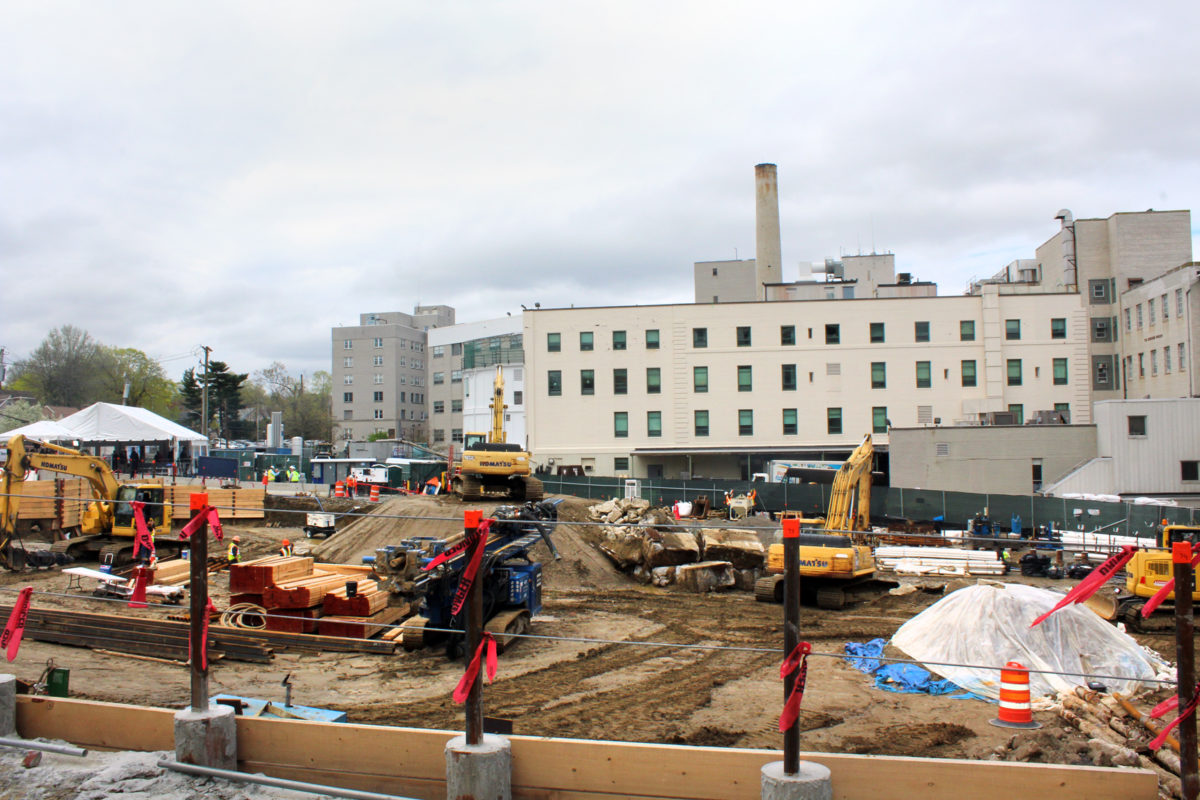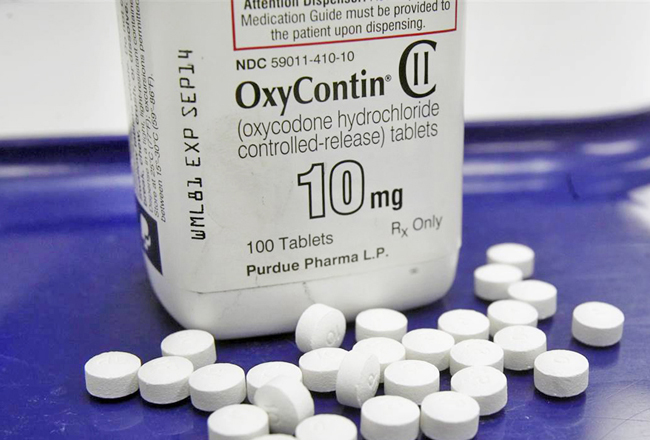Walkway Over the Hudson State Historic Park, the former railroad bridge over the Hudson River connecting Poughkeepsie and the hamlet of Highland, has had a significant impact on quality of life in the area while having a lesser impact on local businesses, according to data in a study released April 18 by the nonprofit organization Walkway Over the Hudson.

The nonprofit arranged for the study, which was prepared by Newburgh-based Pattern for Progress with support from Marist College and student researchers.
The walkway it is the world’s longest elevated pedestrian bridge. It is 1.28 miles long and 212 feet above the Hudson River. Nearly 5 million visitors have been on the bridge since it opened in October 2009.
The New York State Office of Parks, Recreation and Historic Preservation handles day-to-day management of the walkway, the New York State Bridge Authority takes care of the physical structure and the nonprofit organization coordinates the promotion of the park, fundraising, community relations and programming.
Marist student researchers surveyed 29 business owners or managers in the city of Poughkeepsie. Twelve of them, 41%, said that since the walkway opened, their business “somewhat increased” or “greatly increased.” The majority of businesses, 59% (17 of the 29) said they have seen no change in their revenues.
The study found that the businesses reporting “greatly increased” revenue are close to the the walkway such as Coffee Bean at the Metro-North Train Station, Lola”™s Café, directly under the walkway on Washington Street, and Alex”™s Restaurant, a popular diner.
When business owners and managers were asked their general perception about the future of the neighborhood where their business is located, 59% said they had a positive outlook and 21% said they thought the neighborhood will most likely stay the same. Another 21% believe that the neighborhood will get worse and generally had a negative outlook on the city of Poughkeepsie.
Data self-reported by first-time walkway visitors showed that 57% intended to spend money at Poughkeepsie restaurants, more than 44% intended to spend at other nearby restaurants, more than 36% intended to spend at other retail businesses in Poughkeepsie, more than 21% planned to spend more than $50 at hotels, more than 41% intended to spend at a local gas station, more than 31% intended to spend at other tourist destinations in the area and more than 64% intended to spend on food and drink kiosks on the walkway.
Analysis of the self-reported spending habits of repeat visitors found their actual spending was slightly higher than the intended spending of first-time visitors.
The study showed that 57% of Poughkeepsie residents believe the walkway has improved their quality of life. Nonprofit organizations in area also praised the attraction, with 88% of those organizations which held fundraisers at the walkway reporting they raised more money from events held there than from events held at other places. Data showed $8 million raised through events held at the walkway since its 2009 opening.
The executive director of the nonprofit Walkway Over the Hudson, Elizabeth Waldstein-Hart, said, “We”™re happy that the research conducted by Pattern for Progress has validated what we already knew anecdotally ”“ that the Walkway Over the Hudson is a tremendous community resource that is positively impacting not only Poughkeepsie and Highland, but a large stretch of the Hudson Valley.”





















